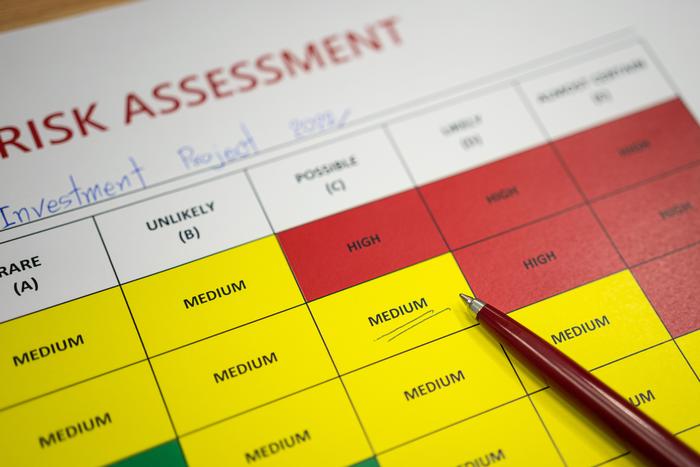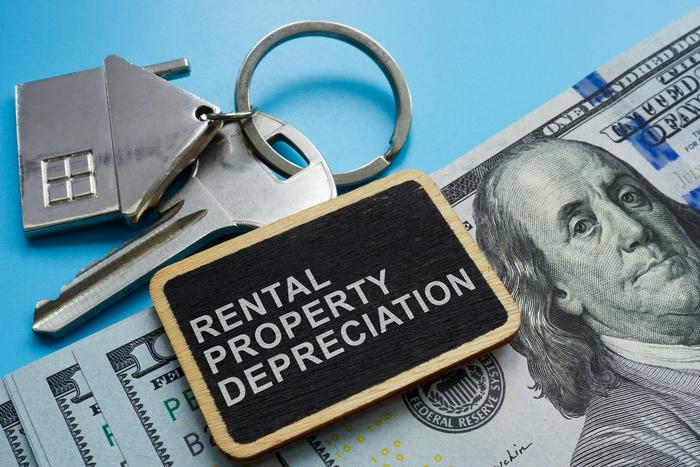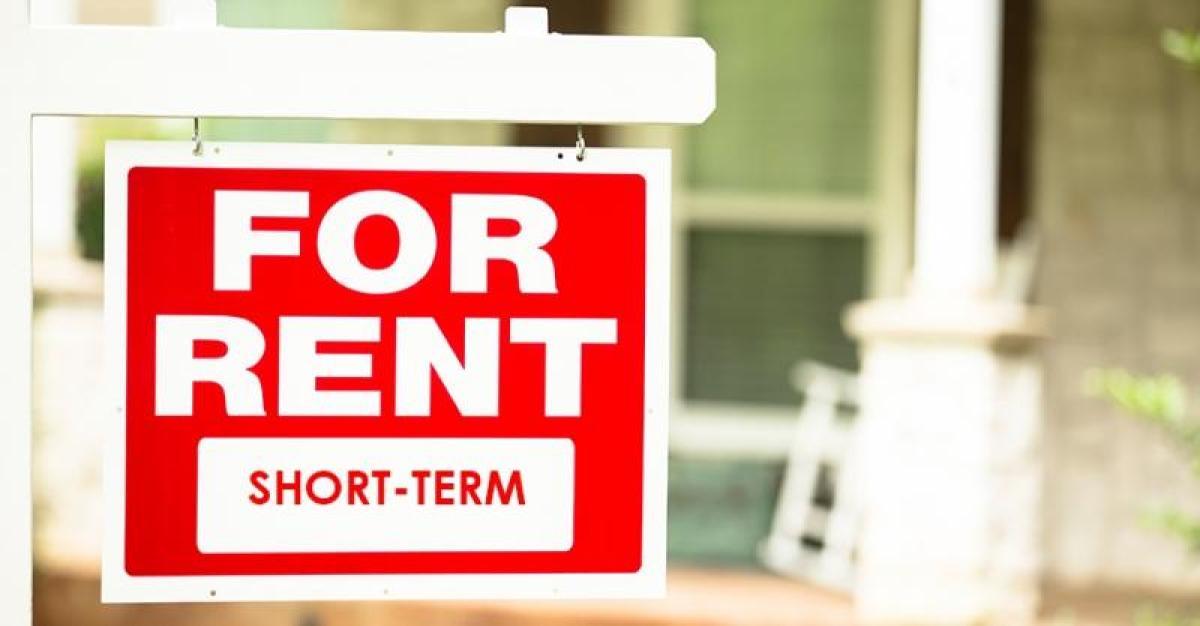Many agents use social media marketing to grow their brand awareness, connect with new leads, and nurture existing relationships. Because most social media platforms are highly visual, they’re a great way to market listings for free using simple posts and high-quality photography. Turning social media into a successful real estate lead generation tool can, however, feel difficult and pretty overwhelming when you first start. It’s especially frustrating when others seem to be easily building their following and earning tons of engagement.
Have ever watched social media “specialist” gurus and thought, “why isn’t that me?” How did they get so many followers, anyway? Is this all smoke and mirrors?
There’s some good news. With consistent effort, a smart plan, and value-added messaging, you can break through the noise on any platform. In this article, we’re going to help you understand how to get real estate leads on LinkedIn, and how to build an actionable plan that you can begin using today.
Step 1 | Network Growth
Consistent network growth is the most important aspect of using LinkedIn for real estate leads. Before you can connect with potential leads, you first have to find them, send a connection request, and get them to accept. Everything else you do on LinkedIn, from live videos to polls and weekly posts, depends on carefully cultivating the right audience and network.
This daily, weekly, or monthly habit will be the engine that fuels engagement with your content and consistent lead generation. The biggest mistake that you can make is sitting back, publishing posts, and waiting for others to find you or for a post to go “viral” and give you extra exposure.
Here’s what we suggest: block 1-1.5 hours per week to send outbound connection requests. The math for connection request ROI is simple, and it works in your favor. If you send 100 connection requests every week and 30% of them are accepted, then you’ll end up adding 120 new contacts every month (1,440 every year). These people will see your posts, share your content, and become increasingly familiar with your brand. Plus, you have many different ways to interact with these new contacts, including messaging them directly – making it almost as good as email (better, in some cases).
Don’t forget that you can also export all of your contacts, and you can use your contact list to create a custom advertising audience directly on LinkedIn. This highly targeted list is a great way to control your ad spending and focus efforts on the right people.
Step 2 | Use Careful Targeting to Build Your Network
Below are a few tips on how to intentionally cultivate your network and add the right people:
Connect with people you’re currently nurturing. It’s easy to search for contacts by name, and they’ll see that you visited their profile.
Filter your search results by job type for people that you know might be in your income range, or that might be likely to work at a company near a neighborhood you’re farming.
Filter by specific region to focus on buyers or sellers in a particular city.
Lastly, don’t forget to create a business page and continually invite your new connections to follow the business page. This could potentially double the number of touchpoints your contacts see from your brand. LinkedIn lets you invite 100 new connections at a time.
Craft a simple welcome message to send to your new connections. Thank them for accepting the invitation and, if you have good content, consider suggesting that they visit your website or sign up for your email communications. Most new connections won’t respond at first, and it’s best to wait rather than pestering them for a reply.
Step 3 | Nail Your Communication
As your network grows with new connections, it’s important to schedule regular communication cadences with a variety of content types. Although LinkedIn is primarily a peer-to-peer business and networking platform, people are open to interacting with many different forms of media.
Plan to use at least the following:
- Text posts (3-5 times per week)
- Image posts (1-3 times per week)
- Video posts (2-3 times per month)
- Industry articles and content sharing from other users (1-2 times a week)
- New home listings or client success stories (1 time per week)
As you regularly share content, be sure to tag influential community members, thought leaders, and others that are likely to interact with your posts. Additionally, be generous with supporting others’ content through likes, comments, and shares.
The suggestions below provide more in-depth ways of connecting with your network through content:
- Start a newsletter on LinkedIn. By publishing consistent newsletters, you can get prospects to willing opt in and listen to your message. As a bonus tip, subscribe to your competitors or others in the industry to keep an eye and ear on what they are saying.
- Post a blog if it’s different than other things they might be seeing on the platform. Your posts will likely stand out because LinkedIn users are expecting to see business-oriented content. Instead, your content might help them take a break at just the right time. You can publish articles directly on LinkedIn, which can also expand your reach!
- Use polls to find out more information about your market. The more time you take to build your network, the more you can cultivate a very specific audience and learn about their needs and interests through targeted polls.
Be sure to regularly check the effectiveness of your content by monitoring analytics for your profile and business page, and the overall organic reach of certain posts. You can likely expand your reach and engagement simply by paying attention to which posts perform well and repeating that type of content.
Step 4 | Focus on Your Referral Network, Not Just Leads
Buyers and sellers aren’t the only types of leads that can be generated on LinkedIn. Valuable referral partners are very easy to find and connect with on the platform. If you’re already committed to a regular practice of adding new connections then it’s easy to simply adjust your search filters to focus on other realtors who don’t compete with you, attorneys, builders, and more.
If you’re looking for creative ideas on who to connect with, check out our most recent article on unique, valuable referral sources for realtors.
Step 5 | Invest in the Right Tools
When you’re first learning how to get real estate leads on LinkedIn it might be tempting to buy Sales Navigator and other flashy tools. In reality, Sales Navigator typically only makes sense if you want to do 1 of 3 things:
- Go deeper into professional backgrounds and profiles and build targeted lists.
- Issue more connection requests every day.
- Send InMail directly to prospects.
Automated connection and lead generation tools can sometimes be helpful, but users are getting better and better at tuning out the noise from salespeople. Instead, you should likely invest in (or use free versions of) content creation and scheduling tools like HootSuite, Canva, Sprout Social, and others. These tools will allow you to automate organic postings and easily keep your brand consistent across all social media platforms.
Step 6 | Review the Basics Before Using LinkedIn to Generate Real Estate Leads
Before jumping in and adding lots of new contacts, double check your profile, settings, and business page to ensure they’re updated, properly formatted, and feature powerful messaging. Learn more about how to improve your profile and nail the basics in this article from Fit Small Business.





















